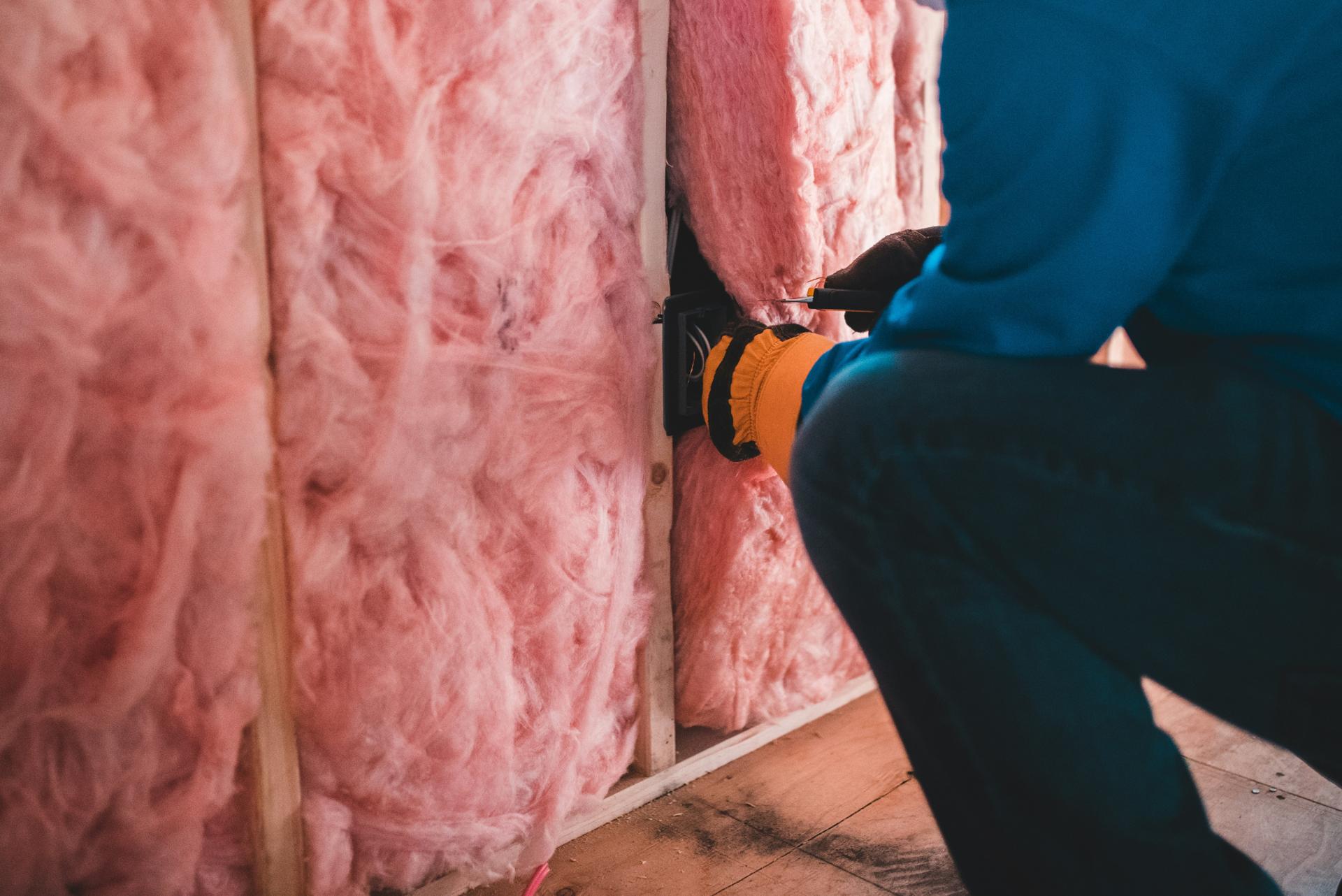Why Eco-Friendly Insulation Matters
Reducing Your Carbon Footprint with Insulation
Opting for eco-friendly insulation comes with significant environmental benefits. Through the utilization of materials sourced in a sustainable way and having a lower energy footprint in their production, you can successfully decrease your carbon impact. These eco-friendly insulations often incorporate recycled or renewable resources, thereby reducing the demand for new raw materials and mitigating environmental impact.
The Environmental Toll of Traditional Insulation
Traditional insulation materials like fiberglass, polystyrene, and other petrochemical products pose considerable environmental challenges. Their production typically requires high energy input and involves harmful chemicals. Disposing of these materials is problematic as they are not biodegradable, leading to their persistence in landfills for centuries.
Long-Term Savings and Efficiency
While initial costs are a significant factor, it’s vital to consider the long-term benefits of insulation. Sustainable choices not only decrease energy usage but continue to perform efficiently over time, resulting in significant energy cost savings. These materials also often boast superior thermoregulation properties, enhancing indoor climate consistency and reducing heating and cooling needs.
Top Eco-Friendly Insulation Materials
Cellulose Insulation: A Sustainable Choice
Cellulose insulation stands out as an eco-friendly option, primarily made from recycled paper products. By using materials that would otherwise fill landfills, it reduces waste. Its low embodied energy further enhances its efficiency over time.
Sheep’s Wool Insulation: Natural and Effective
Sheep’s wool is a renewable resource offering excellent thermal and acoustic performance. Its environmental footprint is considerably reduced due to being biodegradable and recyclable. Additionally, it can absorb moisture without losing its insulating ability, making it versatile across various climates.
Cotton Insulation from Recycled Denim
Cotton insulation, often sourced from recycled denim, is non-toxic and easy to handle. It offers good thermal performance and is treated with borate for fire and pest resistance, avoiding the need for harsh chemicals. Utilizing post-consumer recycled materials, it supports sustainability and waste reduction.
Soy-Based Spray Foam: A Green Alternative
Soy-based spray foam insulation, derived from renewable soybeans, provides excellent insulation while reducing reliance on petroleum products. It effectively fills gaps to minimize air leakage and has a lower emissions profile during manufacturing, strengthening its eco-friendly reputation.
The Insulating Power of Cork
Cork insulation is harvested from the bark of cork oak trees without harming the trees, making it both renewable and biodegradable. This material provides effective thermal and acoustic insulation, as well as resistance to mold, mildew, and pests. Due to its robustness and minimal impact on the environment, it is a preferred option for eco-friendly construction projects.
Choosing Sustainable Insulation
Key Considerations for Eco-Friendly Insulation
When selecting eco-friendly insulation, several factors should guide your decision. Assess the thermal performance (R-value) to meet energy efficiency goals. Consider health impacts by prioritizing materials free from harmful chemicals and allergens. Also, evaluate the overall environmental impact of the production process, including energy consumption and waste.
Essential Certifications and Standards
Certifications play a crucial role in ensuring the sustainability and safety of insulation products. Look for GREENGUARD Certification for low chemical emissions, the Global Recycle Standard (GRS) for recycled content verification, and Energy Star ratings to guarantee that materials are eco-friendly and safe for indoor air quality.
Life Cycle and Recyclability Considerations
Understanding the life cycle of insulation materials, from production to disposal, is vital. Opt for materials with a low environmental footprint throughout their life span, such as cellulose insulation made from recycled newspaper. Also, consider the recyclability of the materials to minimize environmental waste once they are no longer usable.
The Benefits of Local Sourcing
Sourcing insulation materials locally is one of the most effective ways to reduce a project’s carbon footprint. It supports the regional economy and significantly decreases transportation emissions associated with long-distance shipping, promoting a sustainable supply chain.
Incentives and Rebates for Sustainable Choices
Various incentives and rebates in the United States encourage sustainable building practices. These include federal tax credits, state-specific rebates, and utility company incentives to offset the initial costs of eco-friendly insulation. Programs like the Residential Renewable Energy Tax Credit and individual state initiatives make these sustainable choices more financially accessible.

